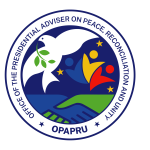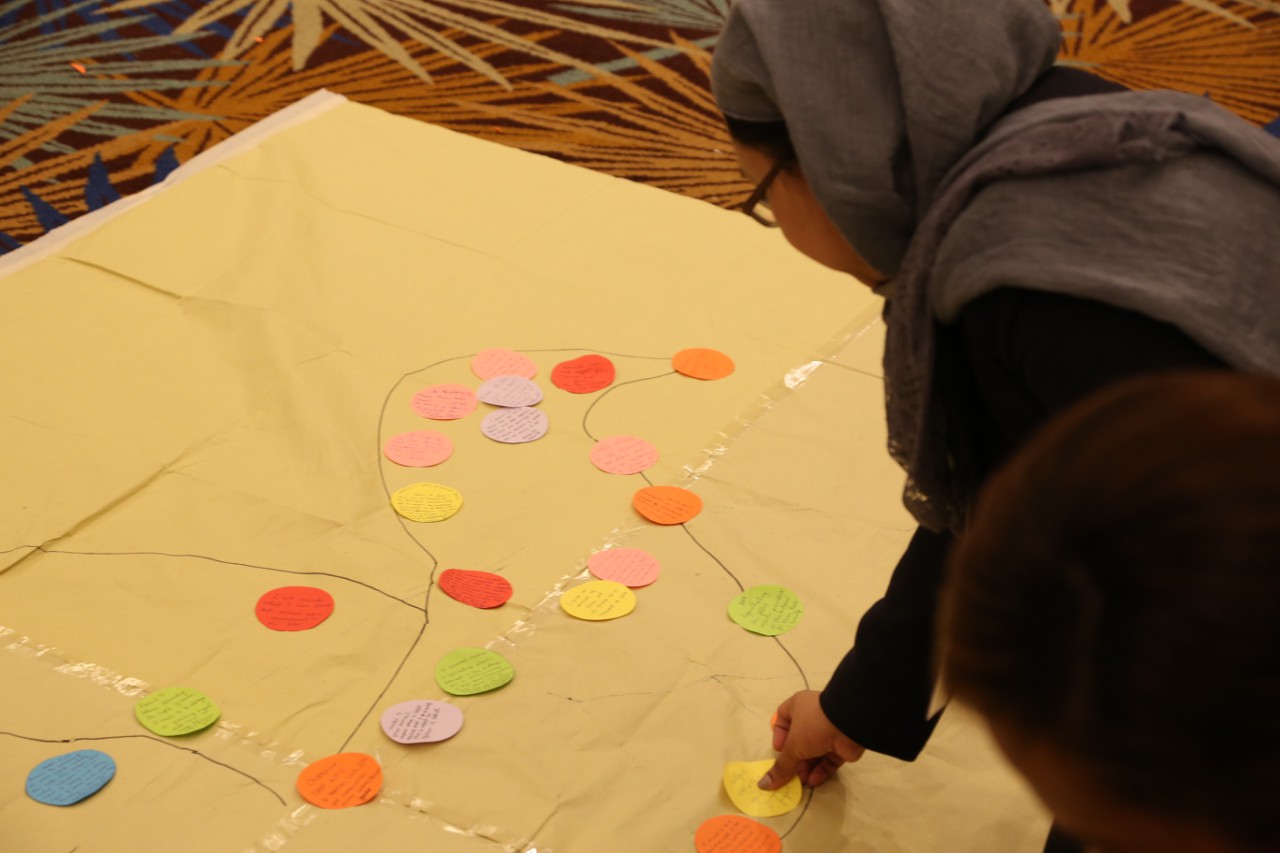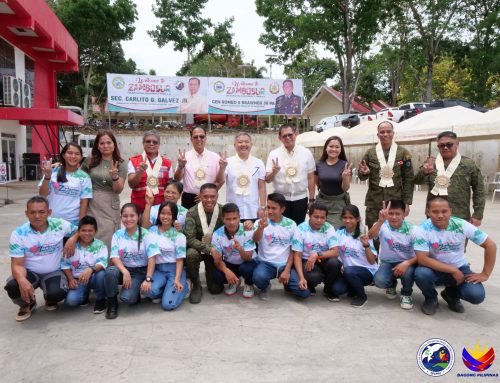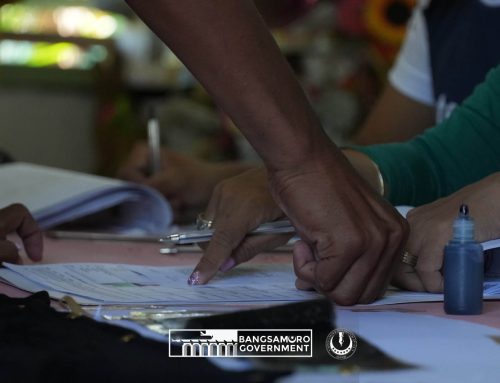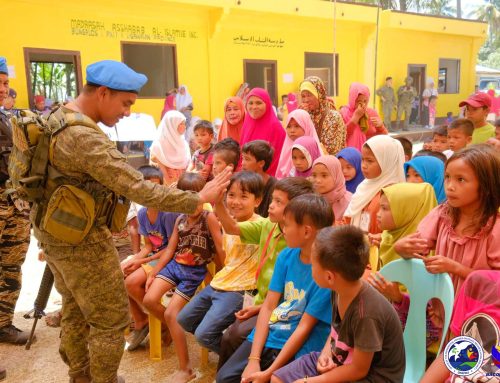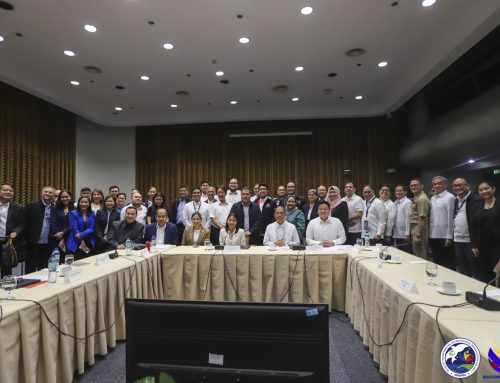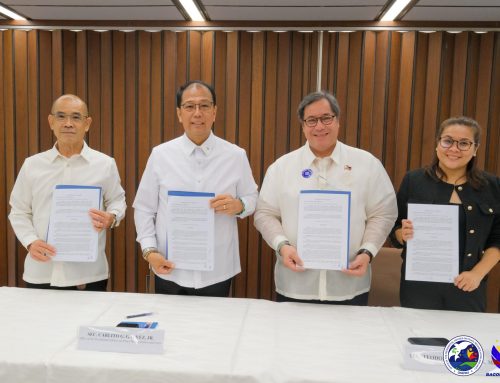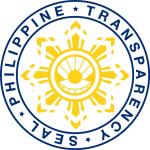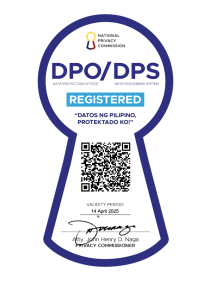Not just advocates, but champions.
This was how the first batch of Women, Peace and Security (WPS) Speaker’s Bureau was described by Undersecretary Diosita T. Andot of the Office of the Presidential Adviser on the Peace Process (OPAPP) during the Training of Trainers held on 31 July to 03 August in Tagaytay City.
Norilyn Rivera is a planning officer at the Department of Social Welfare and Development (DSWD) for nine years but in the course of her service, supporting for women’s rights was more than just that.
“Ang motivation ko talaga is maraming tao ang naghihintay ng serbisyo ng gobyerno. It’s really a commitment na eto na, nabibigyan ako ng opportunity for learning. Kailangan kong ibalik ‘yon kasi maraming naghihintay,” Rivera shared when asked about her insights during the workshop.
Commissioner Aisha Malayang of the National Commission on Muslim Filipinos (NCMF) also shared how her personal experience brought her closer to embrace the vision conveyed in the National Action Plan on Women, Peace and Security (NAPWPS).
“I am a convert to Islam in 2003 and when I changed my faith, kasabay din do’n ‘yong sandamakmak na discrimination. Nandiyan ‘yong tanggalin ako sa trabaho dahil naka-hijab ako … so I can resonate well with others who share the same narrative,” she stated.
Rivera and Malayang were just some of the 64 trainers capacitated during the four-day workshop. The activity started off from a story-telling about the concepts and history of NAPWPS since its development in 2010, down to the formation of a “solidarity circle’’ symbolizing the firm commitment that all participants took oath on its last day.
Genesis of NAPWPS
Academic analyses identified the Philippines as the first country in Asia to adopt a National Action Plan, highlighting its uniqueness on the long-term implementation spanning from 2010 to 2016.
Its formulation was a result of a collaborative effort between the government and various civil society organizations since 2007. In 2010, Executive Order No. 865 was signed leading to the creation of the National Steering Committee on Women, Peace and Security and on that same year, the first NAPWPS framework was launched.
Further enhancements focusing on the streamline of NAPWPS action points and indicators resulted in the crafting of its second generation framework in 2014. This was subsequently used in the 2015 baseline research on the implementation of NAPWPS initiatives entitled: “Women, Peace and Security: A Study to Implement United Nations Security Council Resolution (UNSCR) 1325”.
Now on its third generation, the new NAPWPS framework integrated the Convention on the Elimination of all forms of Discrimination against Women (CEDAW), CEDAW General Recommendation 30, and 2015 Global Study on the Implementation of UNSCR 1325 that underscore women’s leadership and participation on the peace process as well as its strengthened mechanisms for women’s protection during and after conflict.
Ways moving forward
However, the capacity building was just one step closer to a bigger WPS platform. Foreseen challenges on its information dissemination down to the local government units, budget allocations, monitoring and on-the-ground implementation were among the points raised during the workshop. Nonetheless, the WPS champions asserted their determination on the successful rollout of the new framework.
For instance, NCMF Commissioner Malayang shared how their agency will take part an “active role in the advancement of the NAPWPS agenda” as well as acknowledging the importance of cascading it down to the regions especially to those with conflict situations.
The same sentiment was shared by Rivera, who expressed that harmonizing the principles of NAPWPS into the mission of DSWD would help them further understand the sensitivities and situations being experienced by women especially on fragile areas.
“Kung ie-espouse mo ‘yong NAPWPS sa GAD (Gender and Development) makikita mo na bibigyan mo siya [women] ng livelihood and economic opportunities, pero ang lensing mo on WPS, bibigyan mo rin siya ng venue to participate sa usapan kung paano mare-resolve ang conflict na ‘to,” Rivera said.
The workshop concluded in positive outlooks as Jasmin Nario-Galace, one of the workshop facilitators, shared her hope in the advocacy that the WPS champions would be pursuing.
“The women have always been marginalized, always been thought as victims, their voices invisible. It’s high time that we highlight their agency: that they are seen not just as survivors – but also agents of peace,” she said.
Other participants from this activity were representatives from the Department of Foreign Affairs, Department of Interior and Local Government, Philippine National Police, Philippine National Police Academy, Department of National Defense, General Staff College, Armed Forces of the Philippines, AFP Peace Process and Development Office, AFP Peacekeeping Operations Center, AFP Civil Military Operations, Philippine Army, Philippine Air Force, Philippine Navy, Government Arsenal, National Defense College Of The Philippines, Philippine Veterans Affairs Office, Veterans Memorial Medical Center, Department of Justice, Philippine Commission on Women, Department of Labor and Employment – International Labor Affairs Bureau, Department of Health, Department of Agriculture, Department of Agrarian Reform and OPAPP. ###

